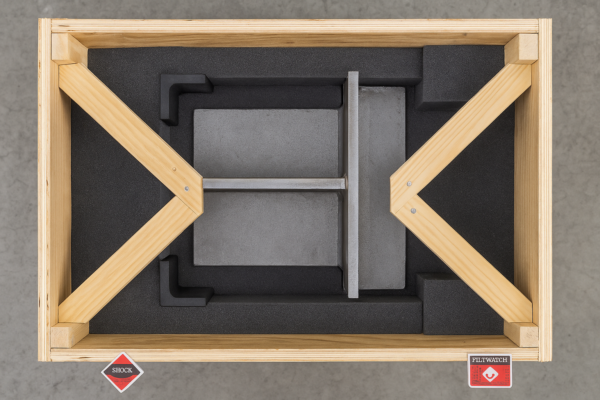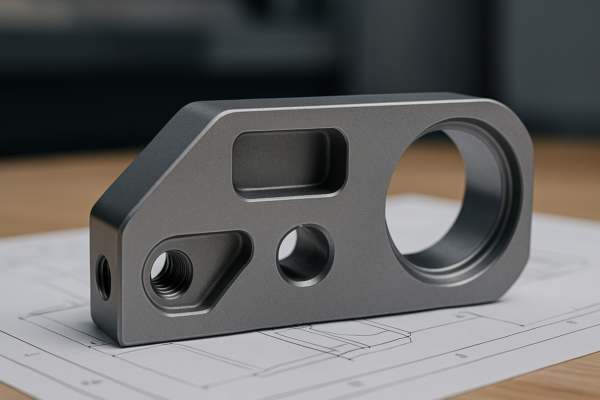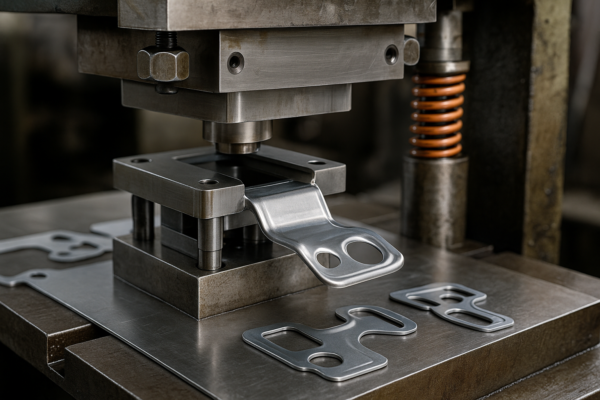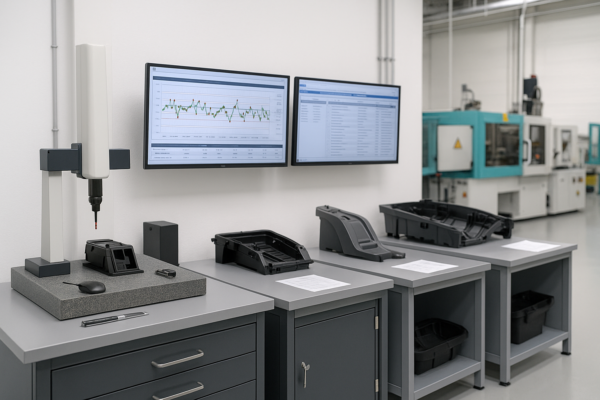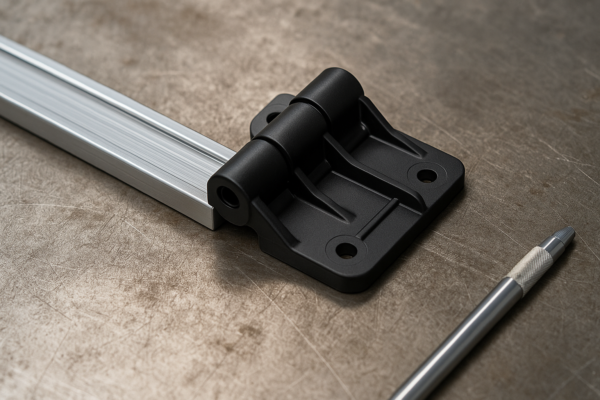What PPE Is Needed for a Heat Gun?
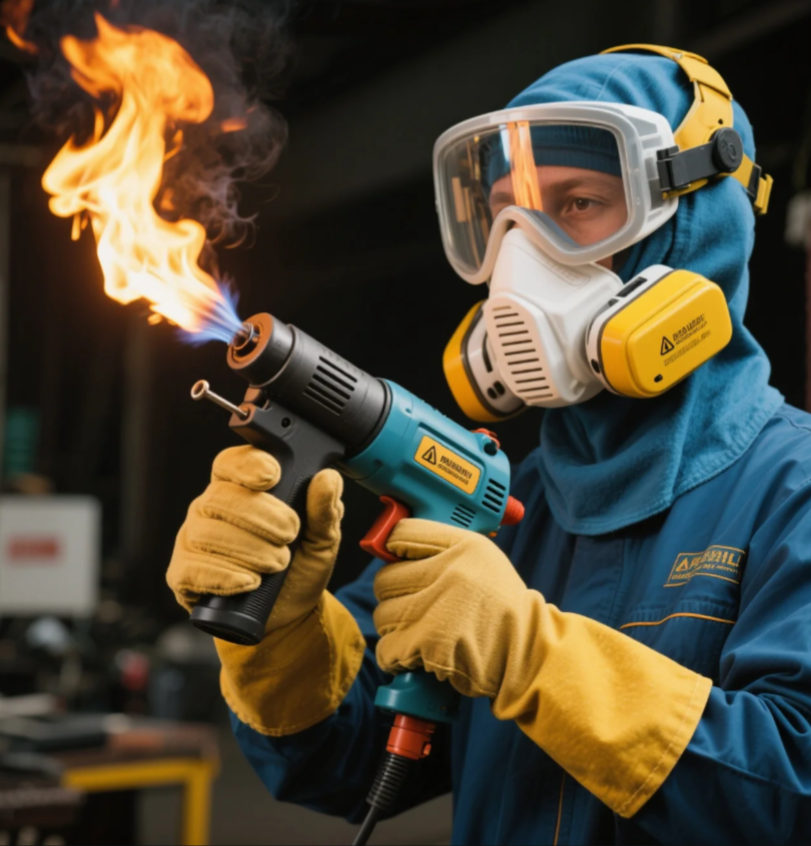
When using a heat gun, the high temperatures it generates can pose several risks, such as burns, eye injuries, and exposure to harmful fumes. Therefore, wearing the proper personal protective equipment (PPE) is essential to ensure your safety during use. Depending on the task, different types of PPE may be required, including gloves, eye protection, and respiratory protection. Let’s explore the necessary PPE to wear when using a heat gun and other safety precautions to keep in mind.
Snippet paragraph: Using a heat gun requires the proper PPE, including heat-resistant gloves, safety glasses, and protective clothing, to prevent burns, eye injuries, and exposure to harmful fumes.
Transition paragraph: Let’s take a closer look at the specific PPE needed for using a heat gun and the safety measures you should follow.
What PPE Should You Wear When Using a Heat Gun?
When using a heat gun, it’s important to protect yourself from heat, flying debris, and harmful fumes. The essential PPE includes:
- Heat-resistant gloves: To protect your hands from burns when handling the heat gun or touching hot surfaces.
- Safety glasses or goggles: To protect your eyes from hot air, flying debris, and potential splashes from molten materials.
- Protective clothing: Wear long sleeves and pants made of non-flammable materials (such as cotton) to protect your skin from heat exposure.
- Respiratory protection: If you’re working with materials that produce fumes (like paint, plastics, or adhesives), a respirator or dust mask is essential to protect your lungs.
- Hearing protection: In some cases, especially with high-powered heat guns, earplugs or earmuffs can be useful to reduce noise exposure.
Snippet paragraph: For heat gun safety, wear heat-resistant gloves, safety glasses, protective clothing, and a respirator to minimize risks such as burns, eye injuries, and inhaling harmful fumes.
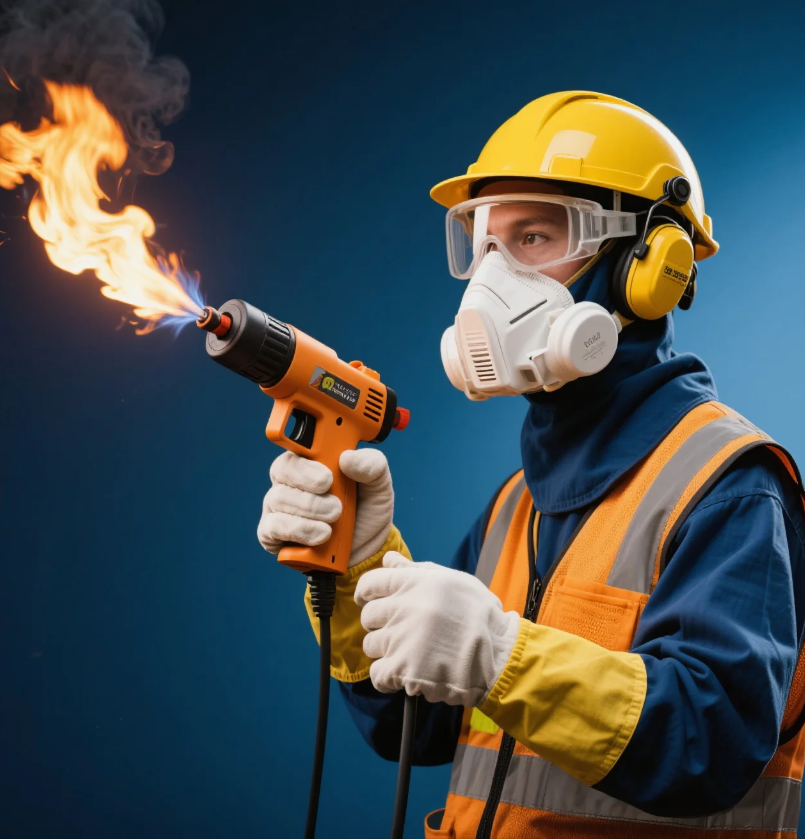
Dive-Deeper paragraph:
Using a heat gun requires the right protective gear to avoid burns and injuries. Heat-resistant gloves are a must, as the gun itself can reach temperatures over 600°C (1112°F). Safety glasses or goggles should always be worn to protect your eyes from hot air and small particles that can fly off when working with paint or other materials. If you’re working with potentially harmful fumes, such as from paint stripping or plastic melting, a respirator mask or dust mask will keep you from inhaling toxic chemicals. Protective clothing, especially long sleeves and pants, should be worn to shield your skin from hot air and molten material.
Essential PPE for Heat Gun Use
| PPE Item | Purpose | Protection Provided |
|---|---|---|
| Heat-Resistant Gloves | Protect hands from heat and burns | Prevent direct burns or contact with hot surfaces |
| Safety Glasses/Goggles | Protect eyes from heat and debris | Prevent injury from flying particles and hot air |
| Protective Clothing | Cover skin from burns and heat exposure | Prevent burns and exposure to hot air |
| Respiratory Protection | Protect from harmful fumes and dust | Prevent inhalation of harmful particles or fumes |
| Hearing Protection | Reduce noise exposure (if necessary) | Protect from loud noise in high-powered settings |
What Are the Precautions for a Heat Gun?
To safely use a heat gun, there are several precautions you should follow:
- Check the environment: Ensure the area is well-ventilated to avoid inhaling fumes and ensure there are no flammable materials nearby.
- Wear the appropriate PPE: As mentioned earlier, wearing gloves, safety glasses, and protective clothing is essential.
- Keep the nozzle away from yourself and others: The hot air can cause burns or injuries, so always direct the heat gun away from people and pets.
- Don’t leave the heat gun unattended: Always keep an eye on the heat gun while it’s in use and allow it to cool before storing it.
- Inspect the heat gun before use: Check the cord, nozzle, and plug for any signs of damage to ensure the tool is safe to operate.
Snippet paragraph: Always ensure proper ventilation, use the correct PPE, and never leave the heat gun unattended to avoid burns, fires, or inhaling harmful fumes.
Dive-Deeper paragraph:
Taking the proper precautions before and during the use of a heat gun is key to preventing accidents. Always inspect the heat gun before use to ensure there are no signs of wear or damage, especially the cord and plug. When using a heat gun, it’s essential to work in a well-ventilated area, especially when heating materials that could release fumes. Never leave the heat gun unattended while it’s operating, as it can lead to overheating, fires, or accidents. PPE is a must, including gloves, goggles, and appropriate clothing, to minimize the risk of injury.
Heat Gun Safety Precautions
| Precaution | Purpose |
|---|---|
| Ensure Proper Ventilation | Prevent inhalation of fumes |
| Wear Appropriate PPE | Prevent burns, eye injuries, and inhalation of fumes |
| Inspect the Heat Gun | Check for damage to prevent malfunction |
| Keep the Heat Gun Away from Flammable Materials | Reduce risk of fire and burns |
| Do Not Leave Unattended | Prevent overheating, fires, or accidents |
What PPE Is Needed for Working in Heat?
When working in high-heat environments, especially with tools like heat guns, it’s important to wear the proper PPE to protect yourself from heat-related injuries. This includes:
- Heat-resistant gloves: Protect your hands from burns when handling tools or hot materials.
- Insulated clothing: Wear long sleeves and pants made from heat-resistant fabrics like cotton or nomex.
- Face shield or goggles: Protect your face and eyes from heat, flying debris, and hot air.
- Respiratory protection: If working with fumes or dust, a respirator or dust mask is important to avoid inhaling harmful substances.
Snippet paragraph: For high-heat environments, wear heat-resistant gloves, insulated clothing, and respiratory protection to prevent burns, injuries, and inhalation of harmful fumes.
Dive-Deeper paragraph:
In environments where you’re exposed to high heat, PPE becomes even more crucial. Heat-resistant gloves will protect your hands from handling hot objects or tools, while insulated clothing will shield your skin from direct heat exposure. Face shields or goggles are essential when using a heat gun or working near high temperatures, as they protect your eyes from flying debris or heat exposure. If there are fumes or dust in the air, wearing a respirator or dust mask ensures that you don’t inhale harmful particles. Always prioritize safety when working in hot conditions to avoid injuries.
PPE for High-Heat Work Environments
| PPE Item | Purpose | Protection Provided |
|---|---|---|
| Heat-Resistant Gloves | Protect hands from heat and burns | Prevent direct burns or contact with hot surfaces |
| Insulated Clothing | Protect skin from heat exposure | Prevent burns and heat-related injuries |
| Face Shield/Goggles | Protect face and eyes from heat and debris | Prevent injury from flying particles and hot air |
| Respiratory Protection | Protect from fumes and dust | Prevent inhalation of harmful substances |
What PPE Is Required for Heat Treatment?
When working with heat treatment processes, such as in metalworking or welding, PPE is critical for safety. This includes:
- Heat-resistant gloves: To protect your hands from high temperatures and molten materials.
- Welding jacket or flame-resistant clothing: To prevent burns and provide full-body protection.
- Safety glasses or face shield: To protect your eyes from sparks, heat, and flying debris.
- Respirator or dust mask: If there’s smoke, fumes, or dust from the heat treatment process, a respirator is necessary.
Snippet paragraph: For heat treatment processes, wear heat-resistant gloves, flame-resistant clothing, and safety glasses to prevent burns, eye injuries, and inhaling harmful fumes.
Dive-Deeper paragraph:
In industries like metalworking or welding, heat treatment involves high temperatures that can result in molten materials, intense heat exposure, and flying sparks. Flame-resistant clothing like a welding jacket protects your body from burns, while heat-resistant gloves prevent hand injuries. Safety glasses or a face shield will shield your eyes from flying sparks or debris. If the process involves fumes or dust, a respirator mask will protect your lungs from inhaling harmful substances. Proper PPE is essential in these high-risk environments to ensure safety.
PPE for Heat Treatment
| PPE Item | Purpose | Protection Provided |
|---|---|---|
| Heat-Resistant Gloves | Protect hands from high temperatures | Prevent burns and hand injuries |
| Flame-Resistant Clothing | Protect body from burns and molten materials | Prevent full-body burns and injuries |
| Safety Glasses/Face Shield | Protect eyes from sparks, heat, and debris | Prevent eye injury |
| Respiratory Protection | Protect from fumes and dust | Prevent inhalation of harmful particles |
Conclusion
When using a heat gun, wearing the proper PPE is essential for safety. Always use heat-resistant gloves, safety glasses, and protective clothing to shield yourself from burns, flying debris, and toxic fumes. Depending on the material you are working with, consider additional respiratory protection. Taking these precautions will ensure you can safely use your heat gun and other heat-related tools for a variety of tasks.

